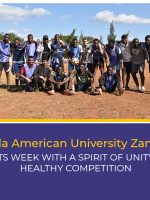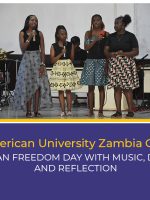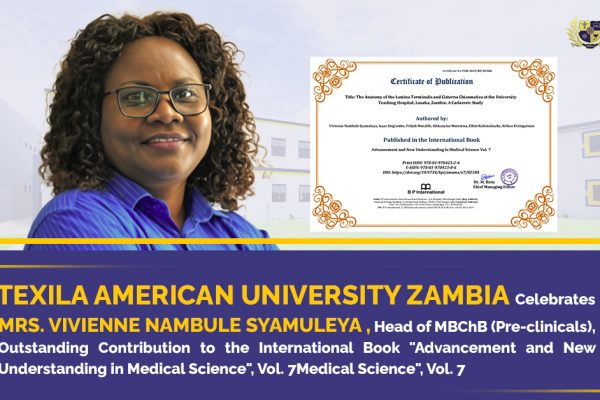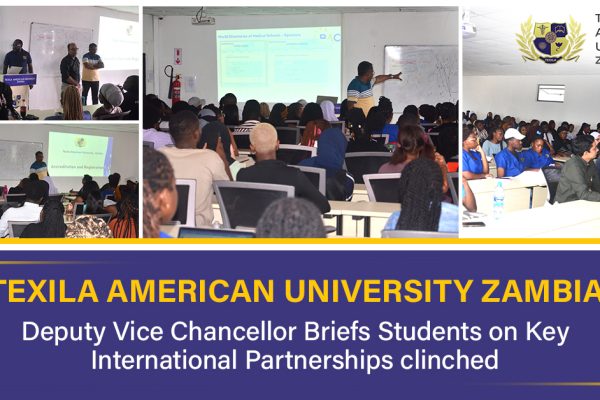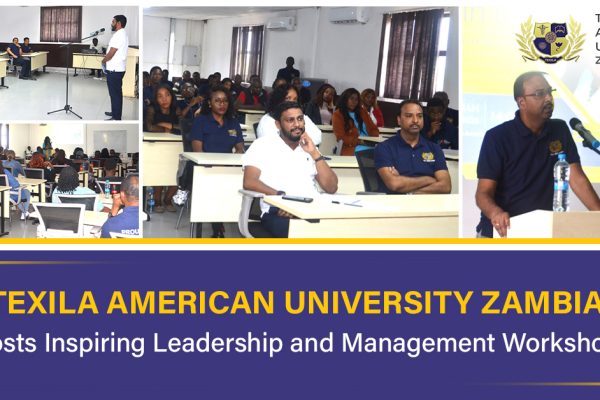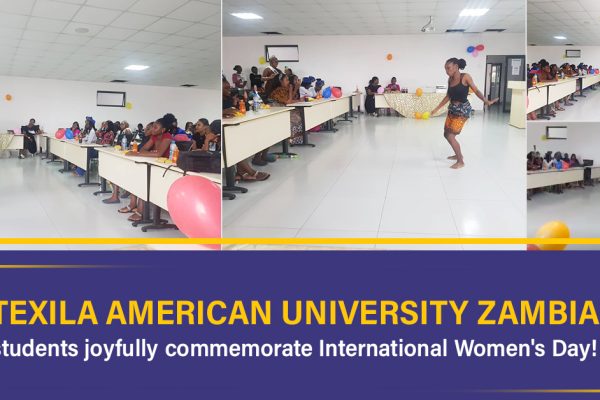|
Tired of Reading? Please listen to the blog
|
Summary
Improving reproductive health in Africa is essential to control the spread of STIs. With the prevalence of HIV reproductive health services, are vital in African countries to combat the AIDS epidemic and help high-risk individuals like AGYW. Technological advancements and government support will enhance reproductive health services and deal with complex issues. Schools and communities also impart reproductive health and sexual health education. MBBS graduates pursue MMCC fellowship at TAU to provide reproductive health services. The two-year course lets you specialize without disturbing your work schedule. Medical professionals are vital to improving reproductive health in the general population. We ensure that our fellowship program contains all the vital information necessary for providing superior reproductive health services in Africa.
Improving reproductive health in Africa is essential for stopping the spread of STIs and for the promotion of sexual health. Additionally, the spread of HIV has reached epidemic proportions in several countries of sub-Saharan Africa. Governments are waking up to the importance of reproductive health and how it can play a role in combating the spread of HIV. In such a situation, doctors who have done their MBBS and an upgradation course in reproductive health are needed. Importantly these doctors help meet the increasing demand for reproductive health specialists in Africa.
The Current Situation of Reproductive Health in Africa
There is no ignoring the fact that improving sexual and reproductive health in Africa is a daunting challenge. News reports regularly show how countries in sub-Saharan Africa (SSA) must constantly battle a complex web of problems. Additionally, reproductive health policy issues are often hindrances rather than being helpful. Helpfully Sexual and Reproductive Health and Rights (SRHR) are increasingly being included as human rights in the continent. However, in many countries, sufficient reproductive health policy issues have not been implemented to guarantee high-quality SRHR.
Without access to SRHR, adolescents and young women (AGYW) are most at risk. AGYW are denied healthcare services, are subject to female genital mutilation (FGM), and are forced into marriage or sterilizations. Additionally, various economic factors and regional politics combine with reproductive health policy issues to complicate matters in the SSA region. This, in turn, causes problems that impact the efficient delivery of sexual and reproductive health (SRH) services in Africa.
Even when SRHR are provided in Africa, women and adolescents often cannot access them freely. Many women also do not have enough information about SRH services available to them. So there is an urgent need for improving the sexual and reproductive health of the population, specifically AGYM.
The high prevalence of HIV and AIDS in the East and Southern Africa (ESA) region is also alarming. Current estimates show that over 54 percent of the world’s population who have HIV live in the region. As a result, in 2018, the area had 20.6 million people living with HIV, of which 800,000 are newly infected. A large percentage of the population in ESA is infected with HIV. The economic and social development of various countries has been adversely impacted.
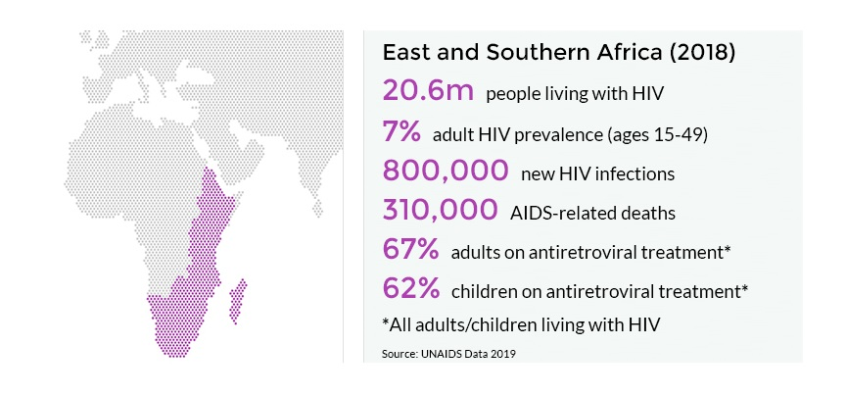
Measures Being Undertaken by Governments to Improve Reproductive Health
Currently, the East and Southern Africa (ESA) region is home to 6.2% of the world’s population. However, according to UNAIDS, the region was responsible for almost half of new HIV infections globally in 2018. Also, the 2016 UNAIDS report has shown that attempts to reduce new HIV cases among young people have not met expectations. As the number of new HIV cases has not decreased according to expectations and instead plateaued in 2015. These numbers indicate that the UNAIDS goal of ending the AIDS epidemic is not going to be met by 2030.
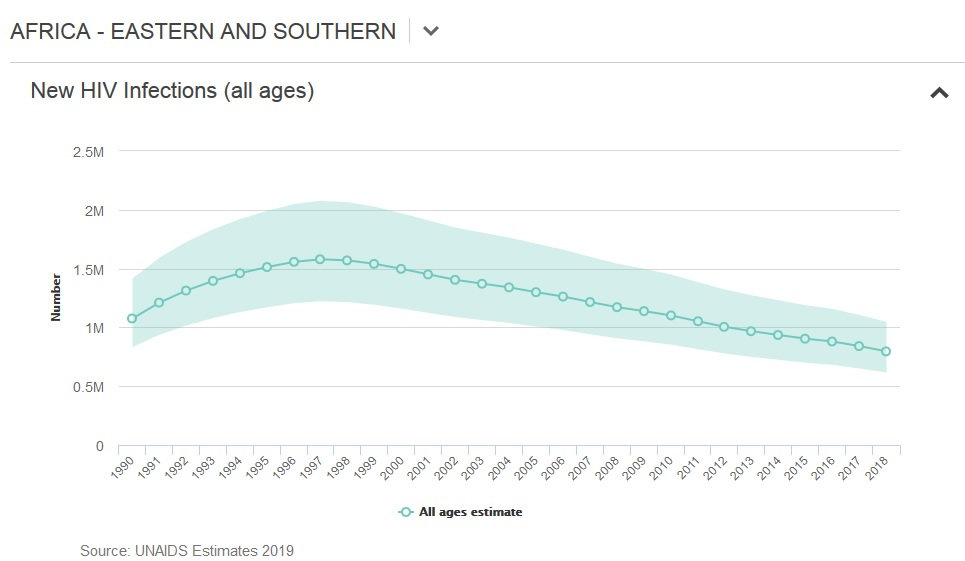
Research has shown that by 2050, the SSA region will be home to 605 million people aged between 10 and 24. Governments in the region are therefore attempting to improve reproductive health, especially among AGYW. As AGYW are among the high-risk groups when it comes to contracting HIV and other STIs. However, governments in the SSA region have not achieved much so far in terms of improving AGYW reproductive health. According to the WHO, however, a notable achievement has been the reduction in mother-to-child transmission (PMTCT) of HIV.
By missing goals set by international organizations, governments in SSA have been unable to make big improvements in reproductive health. Currently, however, governments in sub-Saharan Africa, especially in the eastern and southern Africa (ESA) region, are rising to the challenge. Importantly, they are combating the spread of HIV by focusing on improving SRH services. Many of these governments have also reexamined reproductive health policy issues and improved them. Additionally, many have instituted National AIDS programs to deal with the challenges posed by the AIDS epidemic.
Measures Needed to Improve Sexual and Reproductive Health and Prevent STIs
The WHO has outlined that the current coverage of SRH services cannot deal with STIs in the region. So there is a need for expanding the current coverage of SRH services and doing so at a faster pace. Only then will the African region be able to implement the WHO strategy on STIs outlined for the years 2016-2021. Better implementation will ensure that the public health problems created by STIs are handled and global targets achieved by 2030.
Additionally, AGYW is more susceptible to contracting HIV, compared to boys and young men of the same age. This trend is seen in many countries that fall within the ESA and is supported by statistics collected by Avert from the region. Especially in South Africa, HIV rates are four times higher in young women compared to men of similar age. Therefore, improving reproductive health among AGYW who fall within the ages of 15–24 is vital.
Overall improving reproductive health is a difficult process. Additionally, the process is heavily dependent on governments creating the right policies, especially in the ESA region. This is the main reason why several governments have adopted a new formula when crafting reproductive health policy issues. Importantly these policies have taken into account gender, economic, and social factors. By taking these factors into account, the instances of AGYW being infected by STIs can be lessened.
Research is also being conducted to find new ways to reach out to AGYW in ESA. If successful, these efforts will result in a positive impact on AGYW health region-wide. Additionally, in the long run, it will help in reducing the number of new HIV infections.
The Importance of Reproductive Health Services and Steps Needed to Improve It
As the importance of reproductive health services, are becoming evident in African countries. These services are increasingly used being to combat the AIDS epidemic and help high-risk individuals, especially among AGYW. In the future, these services will have to be improved and supported by governments. Additionally, in future technological advancements will have to be brought into play more often. These advancements will make reproductive health services more sophisticated and capable of dealing with complex issues.
Schools and communities are also coming to grips with the importance of reproductive health and sexual health education. They are expected to play a vital role in a comprehensive plan to meet the overall health needs of AGYW. As the socio-cultural challenges that infringe on SRHR are removed, AGYW, both in school and in the community, will benefit.
Doctors and Their Role in Improving Reproductive Health in Africa
Delivering SRH services to the population as a whole is where the role of a doctor is vital. Doctors are also called on to ensure that at-risk individuals get the necessary Pre-exposure prophylaxis (PrEP). Additionally, medical professionals, including doctors, are required when HIV testing needs to be done. Doctors are also vital in treating STIs and ensuring that family planning is performed to meet an individual’s needs. Importantly by treating STIs in time, doctors also help in reducing the transmission rate of HIV.
Doctors in Africa are also increasingly being called up to conduct voluntary medical male circumcision (VMMC). This prescription of VMMC is based on research conducted in sub-Saharan Africa. The research showed that VMMC reduces female-to-male HIV transmission rates by up to 60%. As a result, more countries have been rolling out VMMC programs nationally.
What Advantages Does a Doctor Have in Taking up a Fellowship?
MBBS graduates looking to provide reproductive health services in the future are increasingly choosing an upgradation course. The two-year course allows them to specialize in providing top-notch SRH services. Importantly, the fellowship course allows MBBS students to improve their professional qualifications while working. The course is designed to minimize interference with work-related commitments. The MMSC fellowship is also specifically designed and delivered in blocks to facilitate easier learning. While faculty members evaluate learners by holding one-on-one sessions, online examinations are conducted once in six months.
A Fellowship Course Helps Doctors Improve the Reproductive Health of Society
Doctors and medical professionals play and vital part in improving reproductive health in the general population. The same is true in Africa and especially in regions such as ESA that are battling epidemic levels of HIV. We ensure that our fellowship program contains all the vital information necessary for providing superior reproductive health services in Africa. Register in our fellowship program at Texila American University and learn the skills that are needed in the region.




